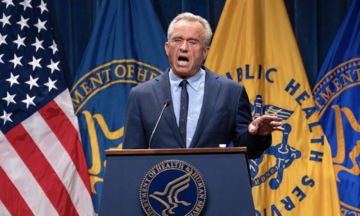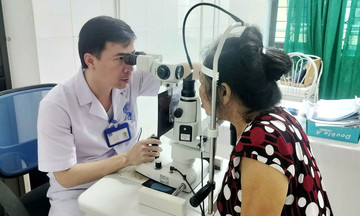Answer:
Lymph nodes are part of the immune system, containing white blood cells that identify and eliminate microorganisms. These nodes are located throughout the body, concentrated in the neck, armpits, and groin. When a child has a sore throat (due to a viral or bacterial infection), the neck's lymph nodes enlarge in response to fight the infection. This causes them to swell (typically 1-1.5 cm) and become tender to the touch.
In most children, swollen lymph nodes after a sore throat are a normal immune response, indicating their immune system is effectively combating the illness. The swelling typically subsides 1-4 weeks after the child fully recovers.
Parents should seek immediate medical attention if the lymph node grows rapidly (larger than 2-2.5 cm), is severely painful, the overlying skin is red and hot, or the node feels hard, fixed, and doesn’t move when gently pressed, especially if this persists for over 4 weeks. Also, be vigilant for accompanying symptoms like persistent or recurring fever even after the sore throat has subsided, fatigue, lethargy, weight loss, difficulty swallowing or breathing due to pressure from the enlarged node, wheezing, or unexplained swollen lymph nodes in other areas like the armpits or groin.
 |
A doctor surgically removes a lymph node from a child. Photo illustration: Tam Anh General Hospital. |
Based on your description, your child's condition doesn't appear to be serious. Focusing on treating the sore throat is the best way to allow the lymph node to shrink naturally. Ensure your child takes their medication as prescribed, stays hydrated, eats soft and nutritious foods, and gets plenty of rest. Avoid squeezing, applying heat, or rubbing oils on the swollen node, as this can worsen inflammation. If the child experiences discomfort, apply a warm compress for 10 minutes, twice daily. Monitor the node's size and seek medical advice if any concerning signs develop.
If the swollen lymph node persists for over two weeks after the sore throat resolves, becomes red, hot, and painful, or shows signs of pus formation, it could indicate a lymph node abscess. This is a serious condition requiring medical attention. The abscess is filled with bacteria, white blood cells, and dead tissue. If left untreated, it can rupture, spread the infection to surrounding tissues, and potentially lead to sepsis if the infection enters the bloodstream. Do not attempt to drain the pus or apply any herbal remedies or plasters, as this can exacerbate the infection and delay proper treatment. Consult a doctor immediately for appropriate medical intervention, which may involve draining the abscess and prescribing antibiotics.
MSc. Dr. Le Thi Hong Hue
Pediatrics Department, Tam Anh General Clinic, District 7
| Readers can submit questions about children's health here for doctors to answer. |












